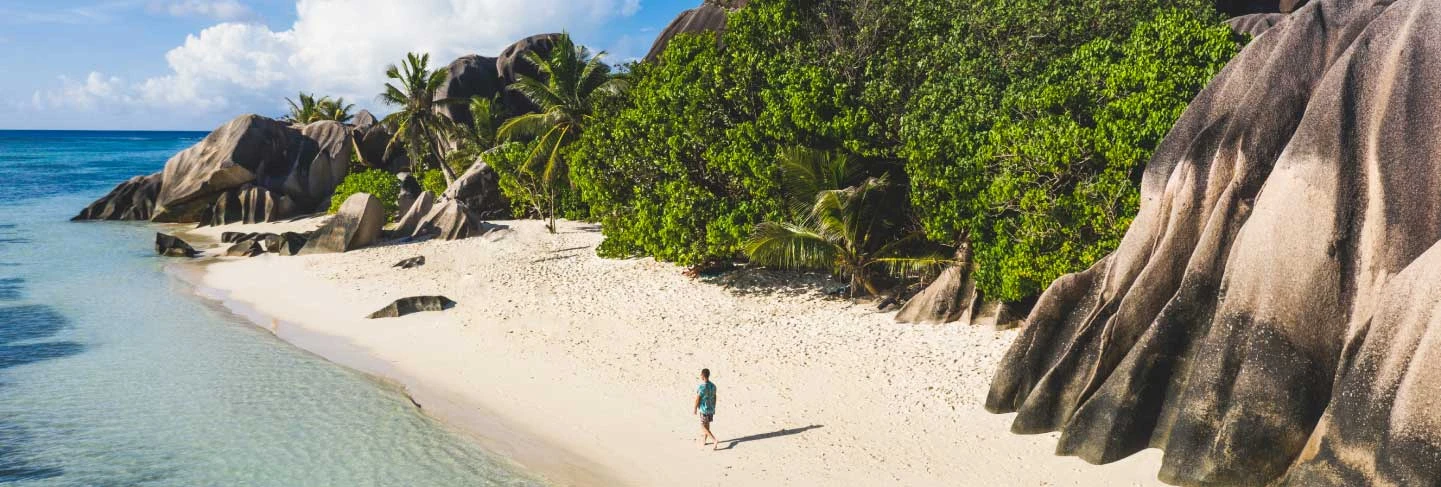Exploring Costa Rica’s Natural and Cultural Landmarks: A Travel Guide
Petrina Darrah
Posted: May 19, 2023
Costa Rica is a small country that packs a punch when it comes to natural beauty and attractions. From the rugged Pacific coastline to the verdant rainforests, there is no shortage of landmarks to explore in this Central American gem. In this article, we’ll take a closer look at some of the most iconic landmarks in Costa Rica.
San José Landmarks
As the capital of Costa Rica, San José is a bustling city that offers plenty of culture and history. The National Theater of Costa Rica is a must-visit landmark that showcases the country’s love for the arts. Built in the late 19th century, the theatre features neoclassical architecture and ornate decorations. Visitors can take a guided tour or attend a performance to experience the theatre’s grandeur.
For a taste of local life, head to the San José Central Market. This bustling marketplace is a sensory overload with its colourful stalls, fresh produce, and aromatic spices. From souvenirs to street food, the market is a great place to experience the local culture and indulge in some retail therapy.
Another notable landmark in San José is the National Museum of Costa Rica. Housed in a former military barracks, the museum showcases the country’s rich history and culture. Exhibits include pre-Columbian artefacts, natural history displays, and even a butterfly garden.
Pacific Coast Landmarks
The Pacific coastline of Costa Rica is a mecca for beach lovers and outdoor enthusiasts. Manuel Antonio National Park is a popular destination that combines white-sand beaches with lush rainforest. Visitors can hike through the park’s trails, spot wildlife, and swim in the turquoise waters. The park is also home to several viewpoints that offer stunning panoramic views of the coastline.
Marino Ballena National Park is another landmark that is worth a visit. Located on the southern Pacific coast, the park is known for its unique whale tail-shaped beach. During low tide, visitors can walk out to the tip of the tail and explore the tide pools. The park is also a great place to go whale watching or snorkelling.
For a more secluded experience, head to the Montezuma Waterfall. This towering waterfall is tucked away in the rainforest and requires a short hike to reach. Once there, visitors can swim in the cool waters and admire the stunning scenery.
Caribbean Coast Landmarks
The Caribbean coast of Costa Rica offers a different vibe compared to the Pacific side. Tortuguero National Park is a remote wilderness area that is only accessible by boat or plane. The park is home to several species of sea turtles that come to the beach to lay their eggs. Visitors can take a guided tour to witness this natural phenomenon up close.
Cahuita National Park is another landmark that showcases the Caribbean’s unique flora and fauna. The park’s coral reef system is a popular spot for snorkelling and diving, while the jungle trails offer opportunities to spot monkeys, sloths, and toucans.
For a taste of Caribbean culture, head to Puerto Viejo de Talamanca. This laid-back town is known for its colourful architecture, reggae music, and seafood cuisine. Visitors can relax on the beach or take a bike ride through the surrounding villages.
Volcanic Landmarks
Costa Rica is home to several active and dormant volcanoes, making it a popular destination for volcano enthusiasts. Arenal Volcano National Park is one of the most famous landmarks in the country, thanks to its towering volcano and hot springs. Visitors can hike through the park’s trails, soak in the thermal pools, and enjoy the spectacular views of the volcano.
Poás Volcano National Park is another landmark that showcases the country’s volcanic activity. The park’s namesake volcano is one of the most active in Costa Rica, with regular steam and gas emissions.
Visitors can take a guided tour of the volcano’s crater and learn about its geological history. The park is also home to a stunning turquoise crater lake that is worth a visit.
Irazú Volcano National Park is the highest volcano in Costa Rica, with an elevation of over 11,000 feet. Visitors can hike to the summit and enjoy the panoramic views of the surrounding countryside. On clear days, it is possible to see both the Pacific and Atlantic coasts from the top of the volcano.
Experience Costa Rica’s Landmarks While Volunteering with GVI
Volunteering is a great way to experience the landmarks of Costa Rica while making a positive impact on the local community and environment. GVI offers various volunteering opportunities in Costa Rica, including wildlife conservation, community development, and marine conservation projects. By joining a GVI program, volunteers can explore the country’s landmarks while working alongside local experts and making meaningful contributions to conservation efforts.
Costa Rica is a country that offers something for every type of traveller. From cultural landmarks in San José to natural wonders along the coast and volcanoes in the highlands, there is no shortage of attractions to explore. Whether you’re looking for adventure, relaxation, or a little bit of both, Costa Rica’s landmarks are sure to leave a lasting impression. So pack your bags and get ready to experience the beauty of this Central American gem.
By Petrina Darrah




